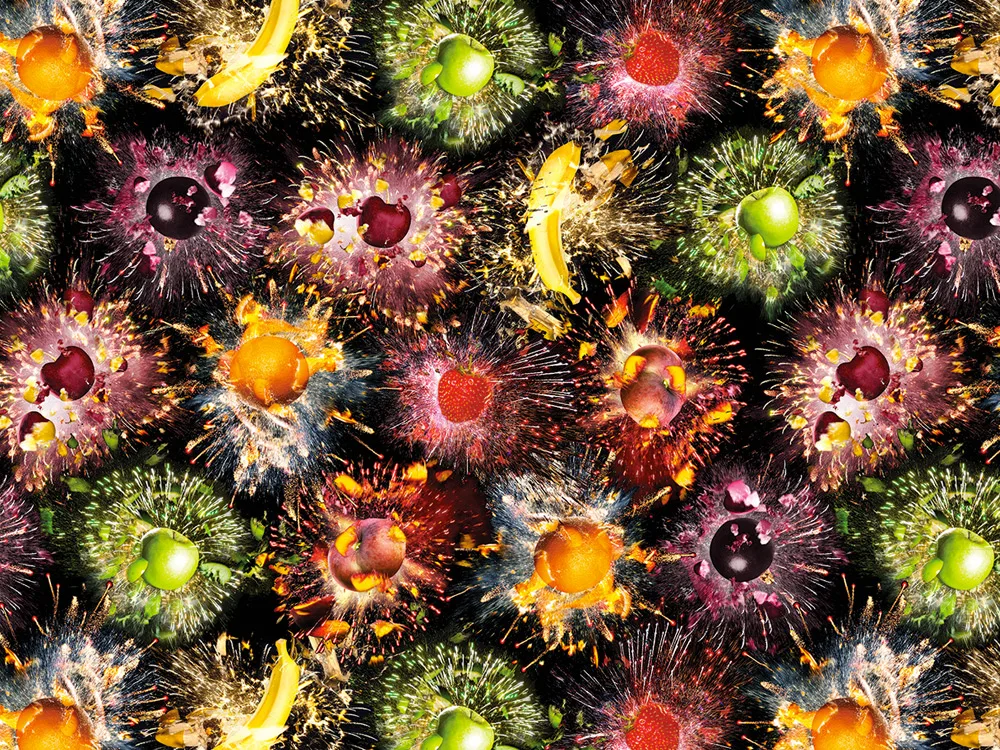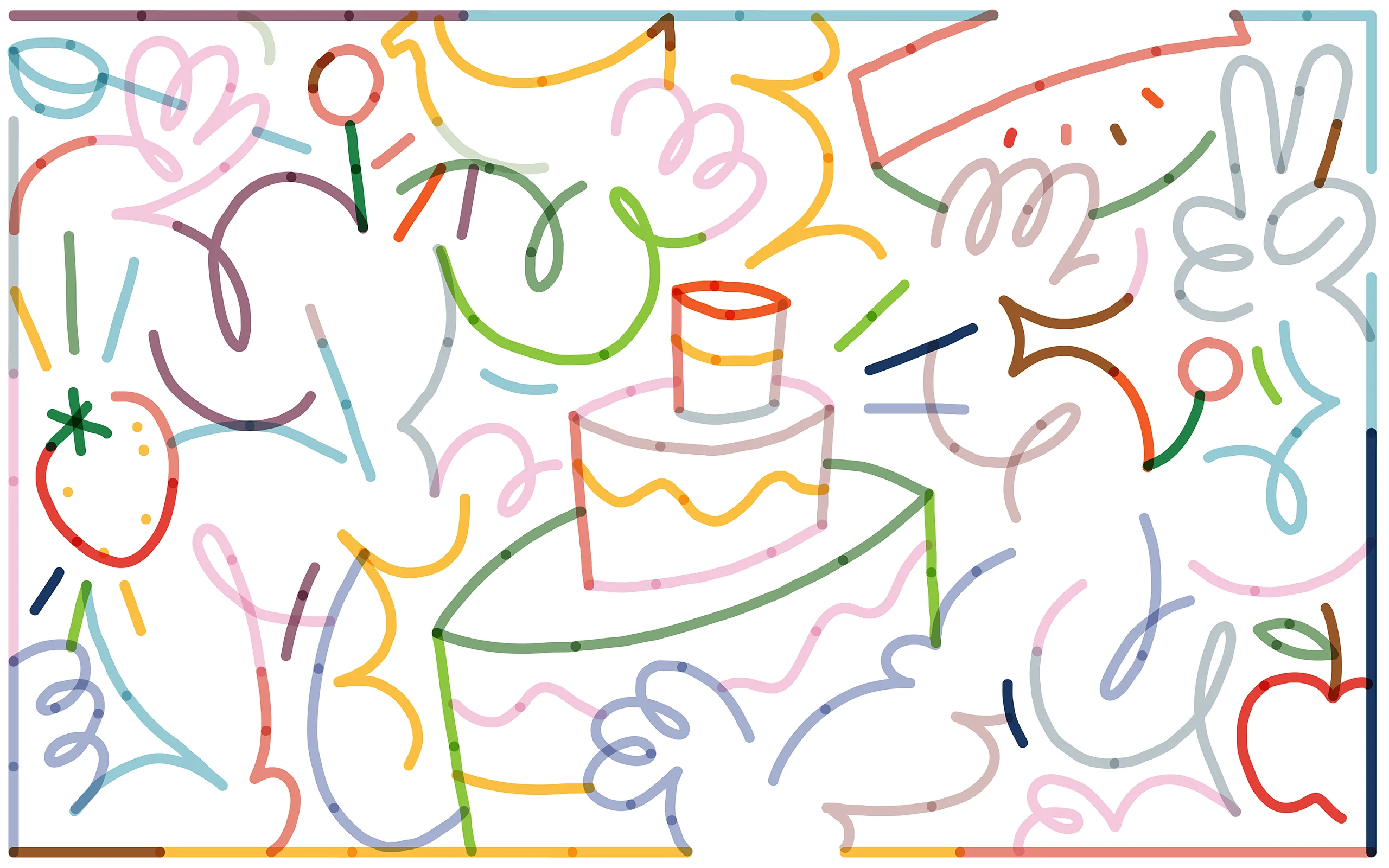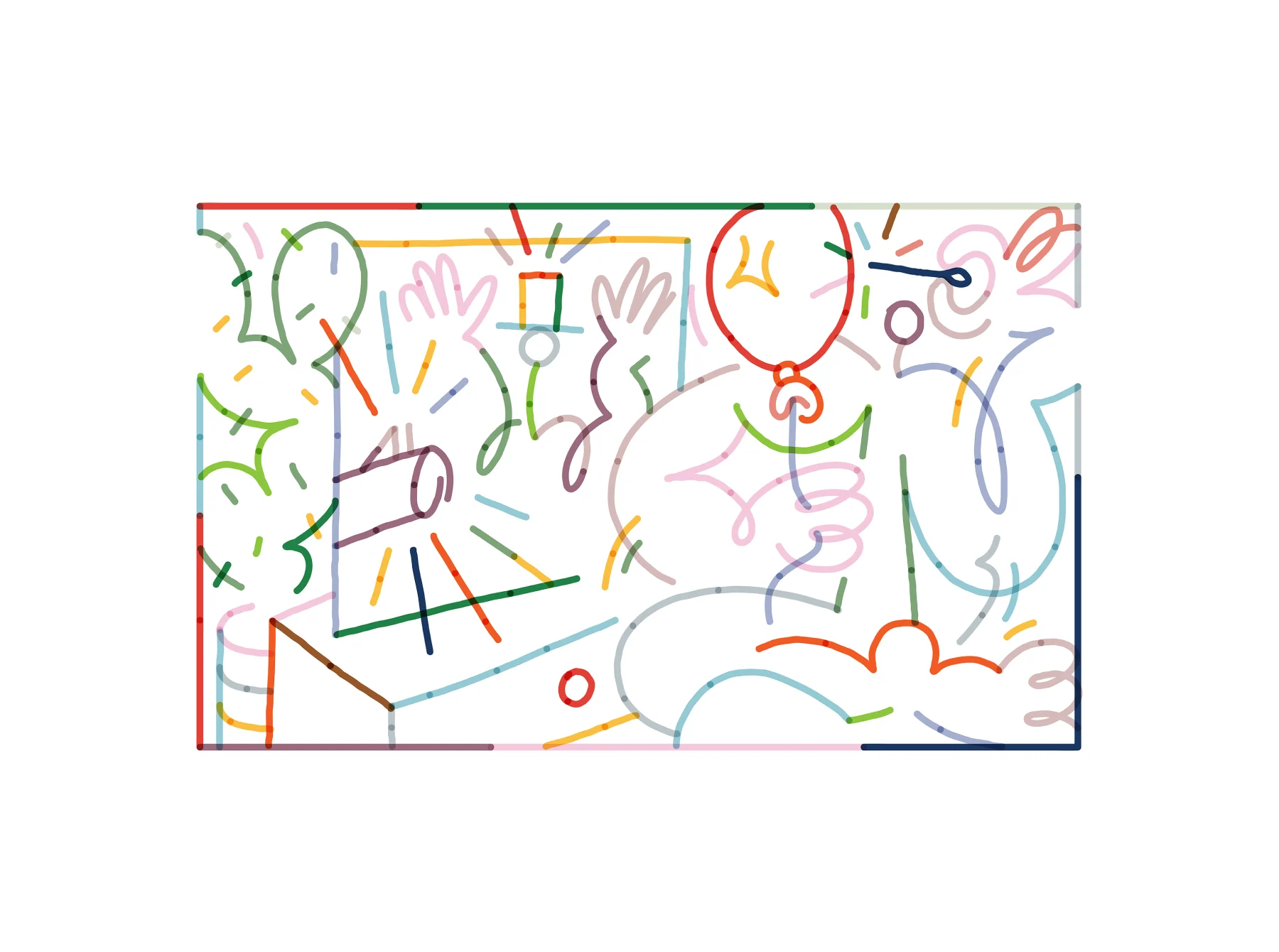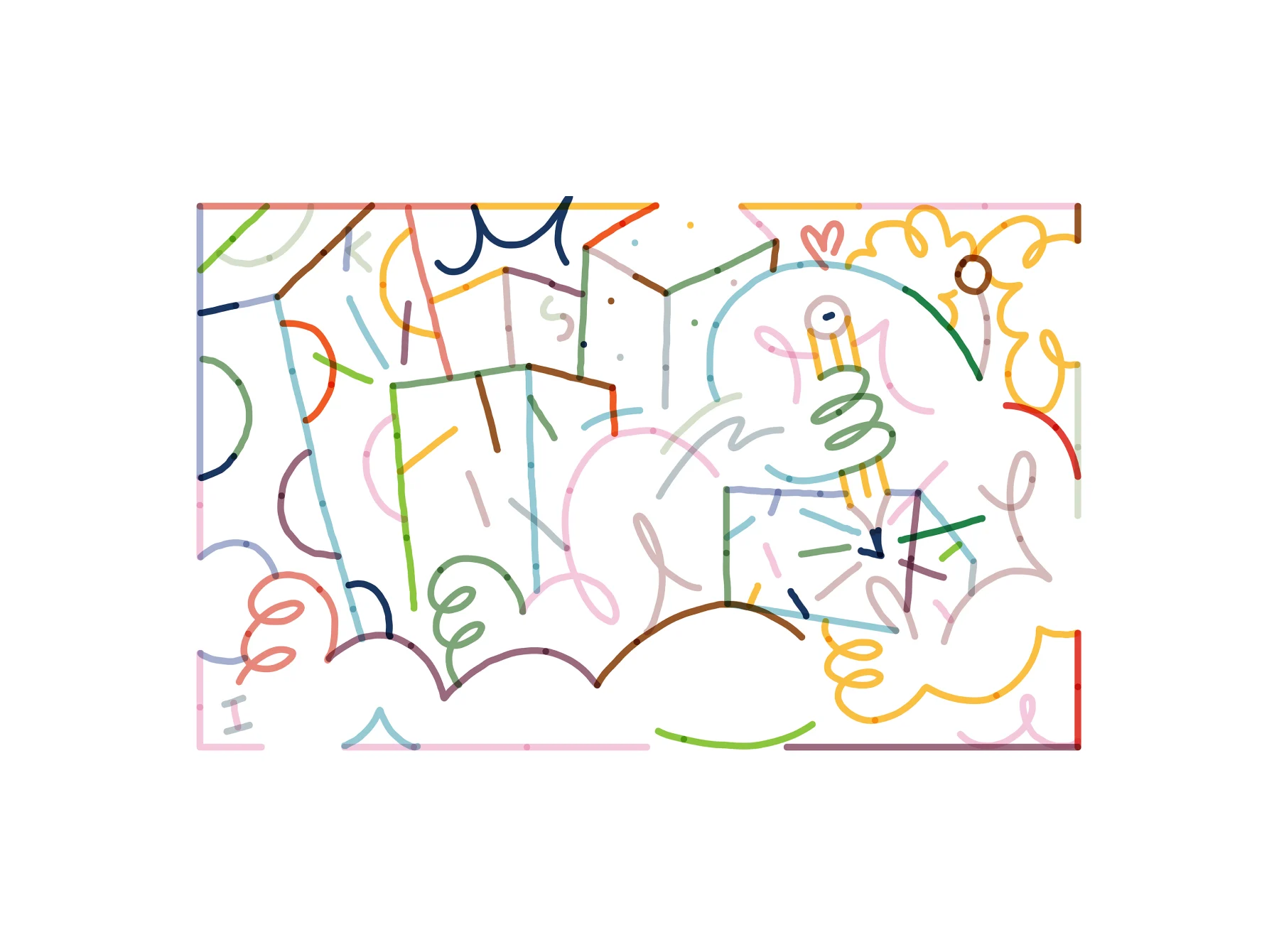

How do creatives know what they're good at? When do they find out? And when they know, what happens next? In this series, Epiphanies, we explore those questions...
Food is something we encounter day in, day out, often without paying full attention to it. This is what Sam Bompas, co-founder of Bompas & Parr, wants to address by creating unique gastronomic experiences which combine amazing design, delicious flavors, and most importantly, a great story, into one spectacular happening.
Whether it’s alcoholic gin clouds, a Roald Dahl inspired dining experience or a boat trip on a tutti frutti lake, together with his partner in crime Harry Parr, Sam grabs your attention by making the unimaginable real.
What did you want to be when you grew up?
As a kid I was into all kind of strange stories and fantasy novels; I lived in a very imagined realm. So the reality of “becoming something” was never very pressing. I guess in many ways, without even realizing it, later on I was able to create those fantasies for real.
Harry by contrast knew exactly what he wanted to do. He wanted to be a chef from the age of eight and then he decided to be an architect. Now he does something that is kind of neither of them, but kind of both of them at the same time.
You can trace our current work back to both of our youths – we both succeeded in realizing our childhood dreams. Right now, whether it’s cooking lava, creating alcoholic architecture or making multi-sensory fireworks, it is about giving an audience a live experience. It’s about being able to build these dreams into reality.

Can you point out a single moment when you decided that food experiences were going to be the thing you would pursue?
Well,there wasn’t a single moment, because food experience definitely wasn’t a discipline we aspired to! Very simply we wanted to have a jelly company. Because we couldn’t afford the copper moulds we wanted to use, we decided to produce these jellies with Harry’s architectural skills. Then we started to create these stories around the food itself; narratives and experiences. That was the sort of thing I liked to do, being a storyteller. By using these two skillsets, eventually we were creating a whole experience by designing the entire state of the project, from uniforms and scripts to digital applications.
So it moved quite organically from having the high hopes of owning a small jelly company to a story where we envisioned these more ambitious experiences.
Why jelly?
I love food which seems to come from other realms, when not a lot of people know the story behind it. In this sense jelly is great, because it has great resonance with people, certainly in the UK. Jellies have these rich wobbly childhood memories. With a bit of historical research, we found that jelly has had a glorious history. It used to be the greatest thing on the menu in the UK, they were these deserts at feasts. You can imagine it was a far cry from the stuff that you have at kids’ parties today. We decided we wanted to try giving people a sense of that past and that’s how Bompas & Parr started.

So what were you doing before you started the jelly business?
Harry was a post-graduate architecture student in his final year. I was working at a company called FTI consulting where I did lots of financial marketing, particularly in the property sector.
A lot of that involved finding the most compelling story, preferably in the simplest words possible. I worked in retail property, which is not a very glamorous area. When you work with something boring like that, you need to learn how to tell its story effectively. After that you’ll be able to basically retell any story as you’ve proved yourself in a much harder arena. Every day now is pretty exhilarating in terms of the creative process.
One very specific example of this is one of our early projects called the architectural jelly banquet. People had no idea why all these world famous architects were spending their creative energies designing jellies. The trick I learned at FTI consulting was not being afraid to pick up the phone and call people. I think that’s one of the essential skills you need in the strange world of creating jelly. I was just calling up anyone I could get hold of until someone said yes.
How do you explain to someone what you are doing for a living?
Whatever is happening, the most important thing is the experience that you are having rather than the physical action needed for the project.
For us, the most important thing is the audience. We’re the protagonist in the food industry; the food can be absolutely marvellous, but if the person doesn’t understand the concept, at the end of the day there’s no real experience.

Why do you think food is the perfect tool to build such experiences?
Food is brilliant, because it is universally understood. Everyone on the planet eats, so from that perspective it’s incredibly democratic. What’s more, in a very real way, it is incredibly stimulating. It is addressing people’s animal instincts – you give people a dish and they get a very real reward from it. In this sense, everyone can have valid opinions about food.
How do you make sure that it’s more about the experience than it is about the quality of the food?
Similar to magicians who work with spectacle, we use a strong narrative accompanied with design to create an experience, in which the food is very good but is elevated by everything else that is going on.
For example if you have a relatively simple lasagne, within a room full of skulls, and the skulls start moving around you, or if you are on a starship with laser eyes, that would probably be a memorable meal, even if it’s just a simple lasagne.
Often when you ask great chefs what their favorite meal has been, very few of them say that it was a multi-course tasting meal at some Michelin star restaurant. It is more often about the experience they had, about the people that were with them, the conversations they had, accompanied by a relatively simply dish. So that’s what we’re aiming to do – to provide people with good food by applying these principles of creating a memorable experience.





